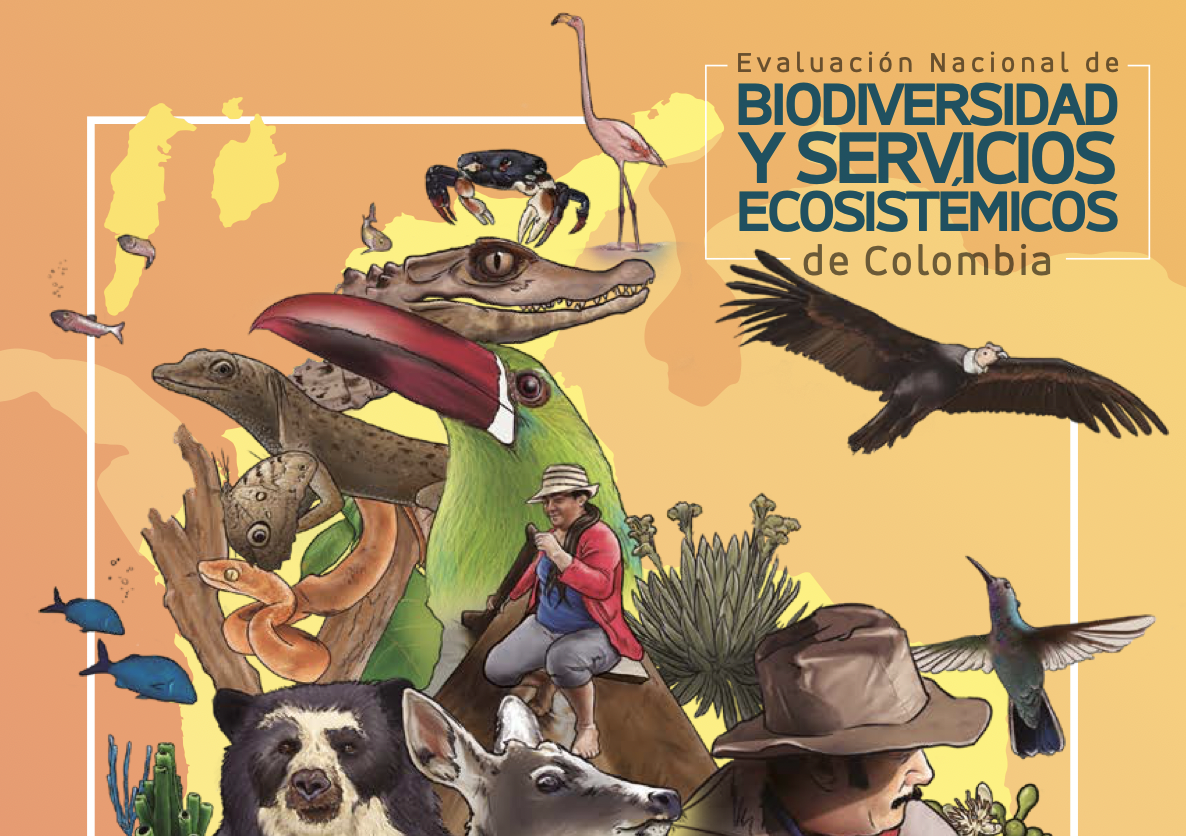Cities are both embedded within and ecologically linked to their surrounding landscapes. Although urbanization poses a substantial threat to biodiversity, cities also support many species, some of which have larger populations, faster growth rates, and higher productivity in cities than outside of them. Despite this fact, surprisingly little attention has been paid to the potentially beneficial links between cities and their surroundings. We identify five pathways by which cities can benefit regional ecosystems by releasing species from threats in the larger landscape, increasing regional habitat heterogeneity and genetic diversity, acting as migratory stopovers, preadapting species to climate change, and enhancing public engagement and environmental stewardship. Increasing recognition of these pathways could help cities identify effective strategies for supporting regional biodiversity conservation and could provide a science-based platform for incorporating biodiversity alongside other urban greening goals.
The biological deserts fallacy: Cities in their landscapes contribute more than we think to regional biodiversity
Year: 2021

































































































































































































































































































































































































































































































































































































































































































































































































































































































































































































































